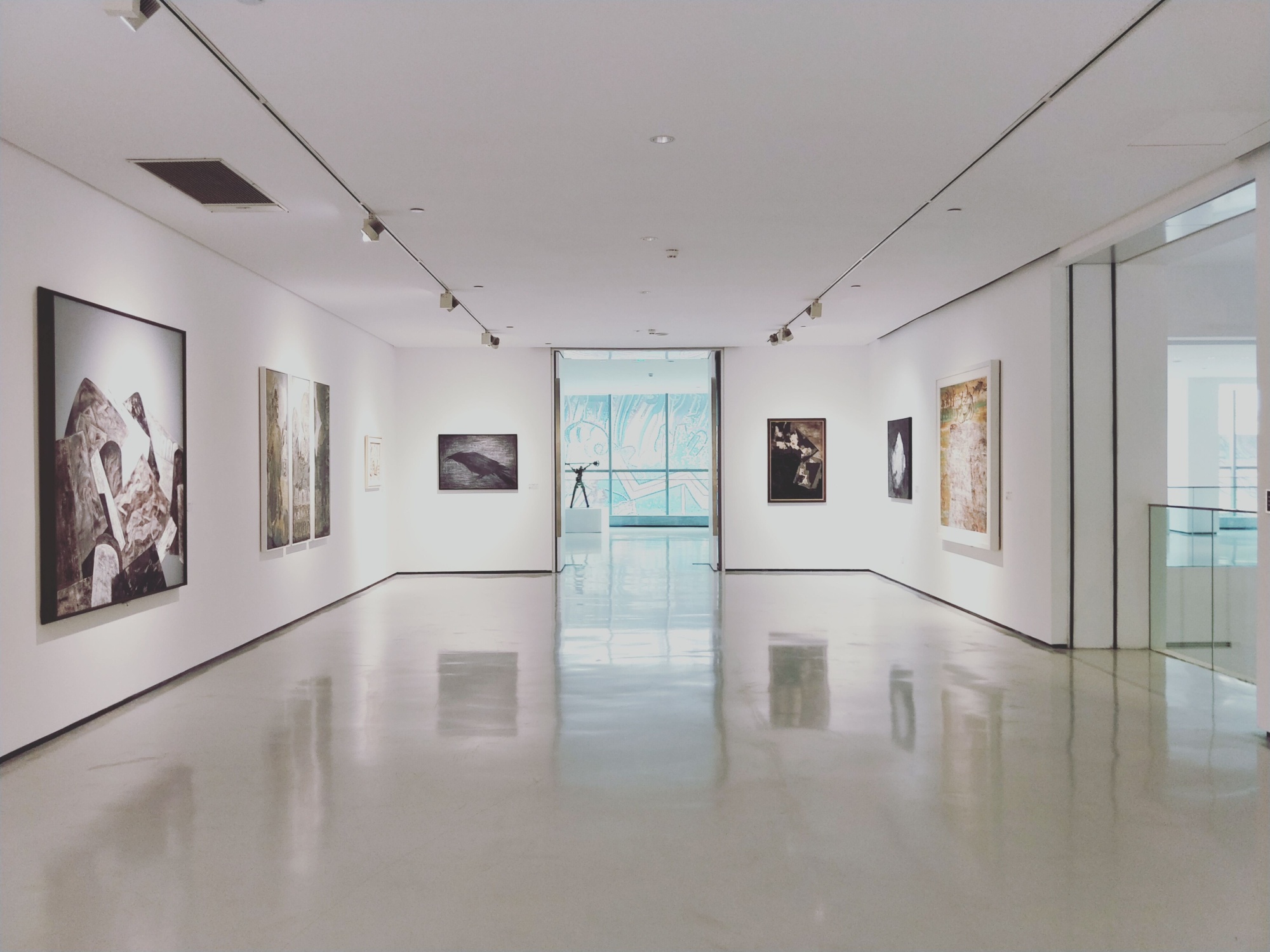

Preserve Your Collection for the Future
Rubey partners with established collectors and family estates to create liquidity, clarity, and legacy planning for museum-worthy collections, without compromising authenticity or cultural significance.
Through a regulated and discreet structure, Rubey transforms exceptional privately held artworks and collectible cars into professionally managed, museum-exhibited icons that continue to inspire while your capital continues to work.
How Do You Balance Passion, Legacy and Liquidity?
For established collectors, art and collectibles represent more than passion. They are part of a legacy that requires care, structure and long-term vision. Managing such a collection involves questions about liquidity, succession and visibility that go far beyond the artworks themselves.
Over time, a collection can grow in both cultural and financial weight, while ownership structures often remain static. This can make estate planning and division among heirs increasingly complex, especially when works cannot easily be sold or shared.
Rubey provides a discreet, regulated framework that brings clarity to this process. Our model allows collectors to unlock part of their collection’s value, create inheritance flexibility and ensure that significant works remain visible, insured and professionally managed within public collections.

How Does It Work?
Rubey structures each collaboration through a regulated and transparent framework designed for high-value collections. When a work or series of works is selected, it is placed within a secure Rubey vehicle that enables fractional ownership and long-term professional management. This structure safeguards authenticity, provenance, and integrity while allowing the collection to operate within a broader, institutional context.
Each agreement combines an initial cash component with a retained share in the form of regulated security tokens. The exact balance depends on the size of the transaction and the outcome of the investor offering. This approach allows the collector to unlock liquidity while maintaining an interest in the collection’s future appreciation.
Once part of the Rubey framework, the works are managed with the same standards applied to museum collections: professional conservation, insurance, exhibition partnerships, and transparent governance. At the end of the agreed term, the assets are sold or restructured, and the resulting proceeds are distributed to tokenholders.

How Can Rubey Help?
Significant collections are often held within families for generations, carrying both emotional and financial meaning. Yet as collections grow, so do the challenges of governance, inheritance and division among heirs. Selling key works can disrupt a legacy, while keeping everything intact can make liquidity and succession planning difficult.
Rubey offers a discreet framework that brings structure and flexibility to this process. By combining a partial liquidity event with retained participation rights, value can be divided clearly among family members or heirs while maintaining a shared connection to the collection. The structure provides transparency and stability without fragmenting the collection itself.
This approach can be applied to entire collections or selected works within them. Families, estates and foundations can unlock part of their collection’s value while Rubey ensures professional management, insurance and long-term public visibility. In doing so, we help transform complex ownership into lasting continuity, securing both financial harmony and cultural legacy.

Which Works Qualify?
Rubey works exclusively with museum-worthy collections that meet the highest curatorial and qualitative standards. Each collection or individual work must demonstrate exceptional artistic or historical significance, supported by full authenticity and impeccable provenance. The period or medium is secondary to quality and importance.
To be considered, a collection should have a total market value of at least five million euros and must have been in private hands for most of its existence. Collections or works that already belong to public institutions, or those with uncertain attribution, are not eligible for this model.
Every proposal is reviewed with discretion, confidentiality and curatorial diligence. Rubey’s selection process is designed to preserve integrity and align with the standards of leading museums and cultural institutions. Collections that meet these criteria may be considered for inclusion in future Rubey initiatives.

Why Partner with Rubey?
Partnering with Rubey allows collectors and family estates to structure their collections with clarity, continuity and discretion. Our framework is designed for those who wish to combine financial flexibility with long-term cultural stewardship. It enables liquidity and legacy planning without requiring a sale or loss of control.
Through our regulated structure, collectors remain connected to the future value of their works while benefiting from transparent governance and professional management. Rubey does not charge any sales commission on acquisitions, ensuring that the agreed value flows directly to the collector in a clear and efficient transaction.
Rubey oversees conservation, insurance, museum exhibition and exit planning at the highest institutional standards. By collaborating with Rubey, collectors help bring exceptional works into public view and strengthen the bridge between private collections and cultural heritage.

Interested in a Private Conversation?
If you oversee a museum-worthy collection and would like to explore how Rubey’s model could support your long-term objectives, we would be pleased to arrange a private discussion. Every conversation is treated with discretion and handled personally by Rubey’s leadership team.
Each engagement begins with a review of the collection’s profile, provenance and curatorial potential within Rubey’s future initiatives. While we cannot guarantee participation in a specific project, we approach every exchange with care and respect for both cultural and financial significance.

Also interesting



